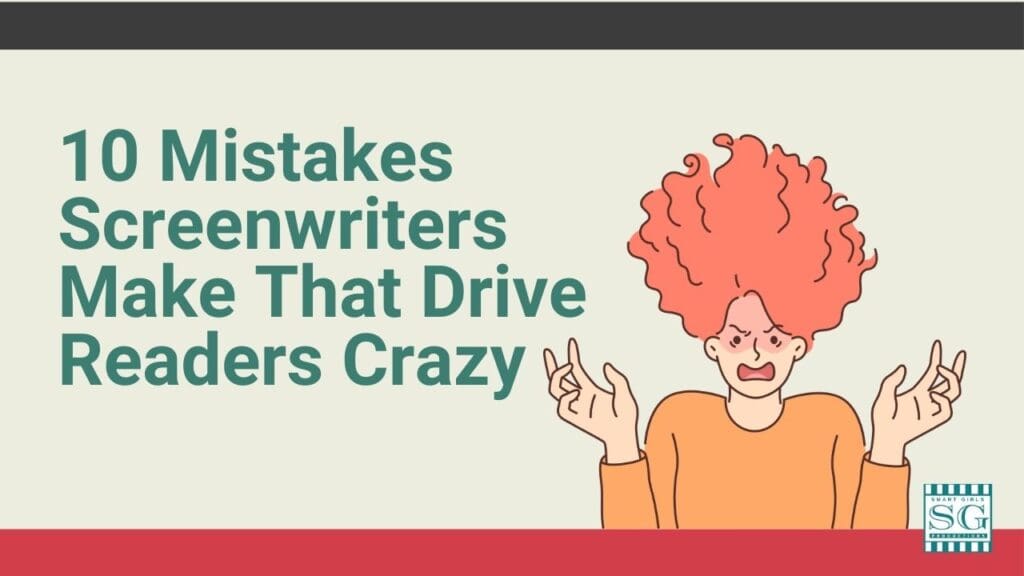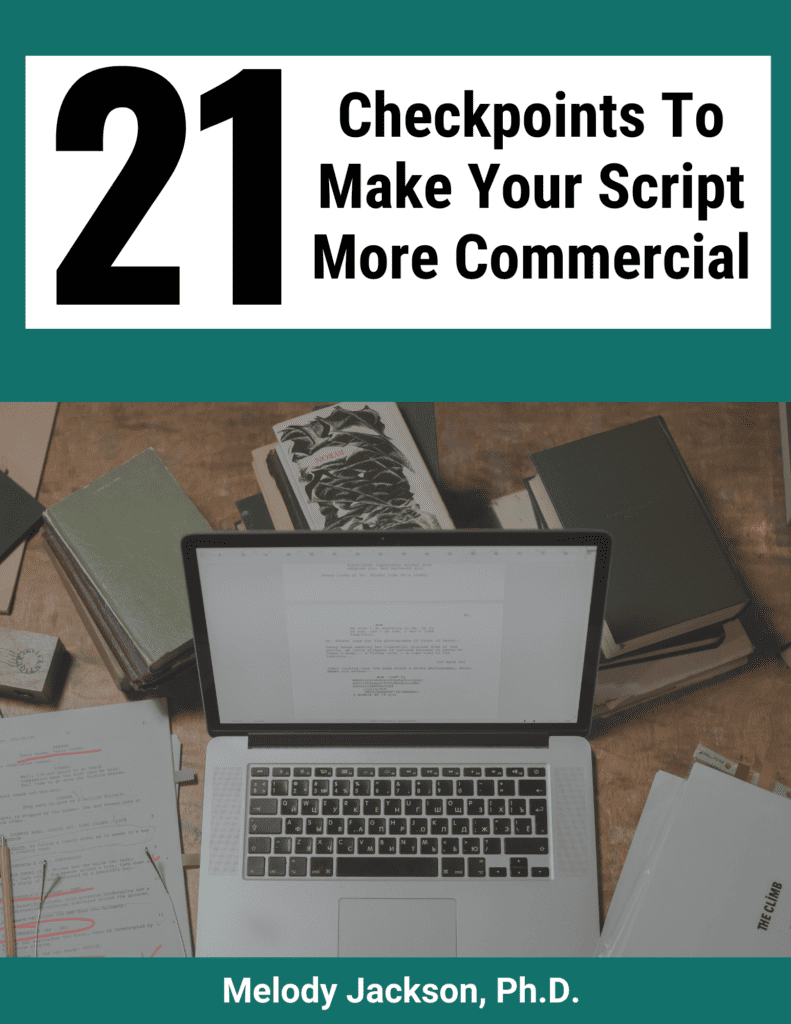Completing a screenplay is a huge accomplishment. Getting a Hollywood executive to read your script is another big accomplishment. The last thing you want to do is to blow your chances to get a “Recommend” from a reader by making any of these simple mistakes.
The following ten mistakes annoy readers and immediately set the tone “this script bugs me.” Remove all the obstacles that you have control over to get the odds working for you as much as you possibly can. Here are Ten Mistakes that drive readers crazy that you can easily avoid:
1. Too many common grammatical mistakes.
Common mistakes are the misuse of words like “its” and “it’s” and “they’re” and “their.” Having one or two typos is not going to ruin your script in the reader’s eyes, but using the exact opposite of what’s correct each and every time it appears is very annoying and distracting. To be a professional writer, you should know grammar very well anyway. But if you know you still need help then simply get your script proofread.
2. Using camera angles in the script.
Don’t put camera angles in your script. Using LONG SHOT, MEDIUM SHOT, CLOSE-UP only on Bob’s eyes, CUT TO:, DISSOLVE TO:, FADE TO:, FLIP BACK ANGLE OVER THE SHOULDER (making up shots) is very distracting. This is the writer trying to be the director and is off-putting to the reader. By eliminating the camera angles in your script, it lets the reader engage their own imagination.
3. Long blocks or even pages of action with no dialogue.
When a reader sees pages filled with big blocks of black text, it immediately creates an impression of dread. Try to break these up. If you have a long description block that you can’t get around, at least break it into paragraphs of 3 – 4 lines each, so there are still lots of white lines on the page.
4. Long monologues for characters, sometimes even a whole page.
Because movies are a visual medium, the pictures need to move. Rarely will you see a really long monologue in a movie, and rarely is it justified in the script. If there is important info that you need to get out in dialogue, try to break it up between at least two characters instead of a monologue.
5. Having a page count more than 110 pages.
In the past ,120 pages was considered to be the max length, however, when a script that long these days feels bloated and the reader’s first thought is that the writer just doesn’t get it. An average of 90 to 110 pages is a good target length.
6. Having CONTINUEDs at the top and bottom of the pages.
CONTINUED is used only on shooting scripts. Final Draft and other programs have a setting you can change to remove the automatic continueds that get inserted.
7. Spending too much time on characters other than the main character.
If a big star is getting paid anywhere from $10 to $20 million to do it, that character be introduced early in the film and should also appear as the main character in almost every scene.
When a star is getting paid $10 to $20 to $30 million for a movie, the producer wants that actor to be used as much as possible in the movie—and they’re getting that kind of money because audiences want to see them.
8. Action sequences that go on for many pages.
Action sequences shouldn’t go on for more than 2 or 3 pages at the most. If your sequences are really unusual, you might get away with them being longer, but most of the time keep them at 3 pages or under.
9. Writing the names of specific songs, musical groups, and lyrics of hit songs in your script.
Too often, a writer has a song in her head that she thinks would be the perfect song for a given scene. It’s a bad idea to put it in the script. Usually it’s just a personal association or words that hit the story on-the-nose. Leave this to the director or composer.
10. Boring scenes that “really happened” but go nowhere.
Sometimes when writers work on a true story, they write scenes that “really happened.” Or they want to show a particular quality about a character for the fifth time, when once or twice would have done it. Each scene should fulfill two or all three of the following purposes (reveal/develop character, advance the plot, or amplify the theme). Make sure you know your intention for the scene and don’t drag it out.
These mistakes are pretty straightforward things that you can avoid. Although you might find examples of successful movies that made some of these mistakes in the script, the idea is for you to get as many obstacles out of the way for you as possible.
It you are not sure if you have polished and tweaked your script to get these basic mistakes out of the way, then you may want to consider getting a script critique or proofreading.


